4 The Business of Computers
Herman Hollerith (1860-1929) was the son of a German immigrant who graduated from Columbia University School of Mines in 1879. In 1882, Hollerith taught mechanical engineering at MIT and began his first experiments with punched cards. In 1889 Hollerith submitted “An Electronic Tabulating System” as a doctoral thesis at Columbia and was granted a patent for a punched card tabulating machine using “mechanical counters operated by electro-magnets the circuits through which are controlled by the perforated sheets”.
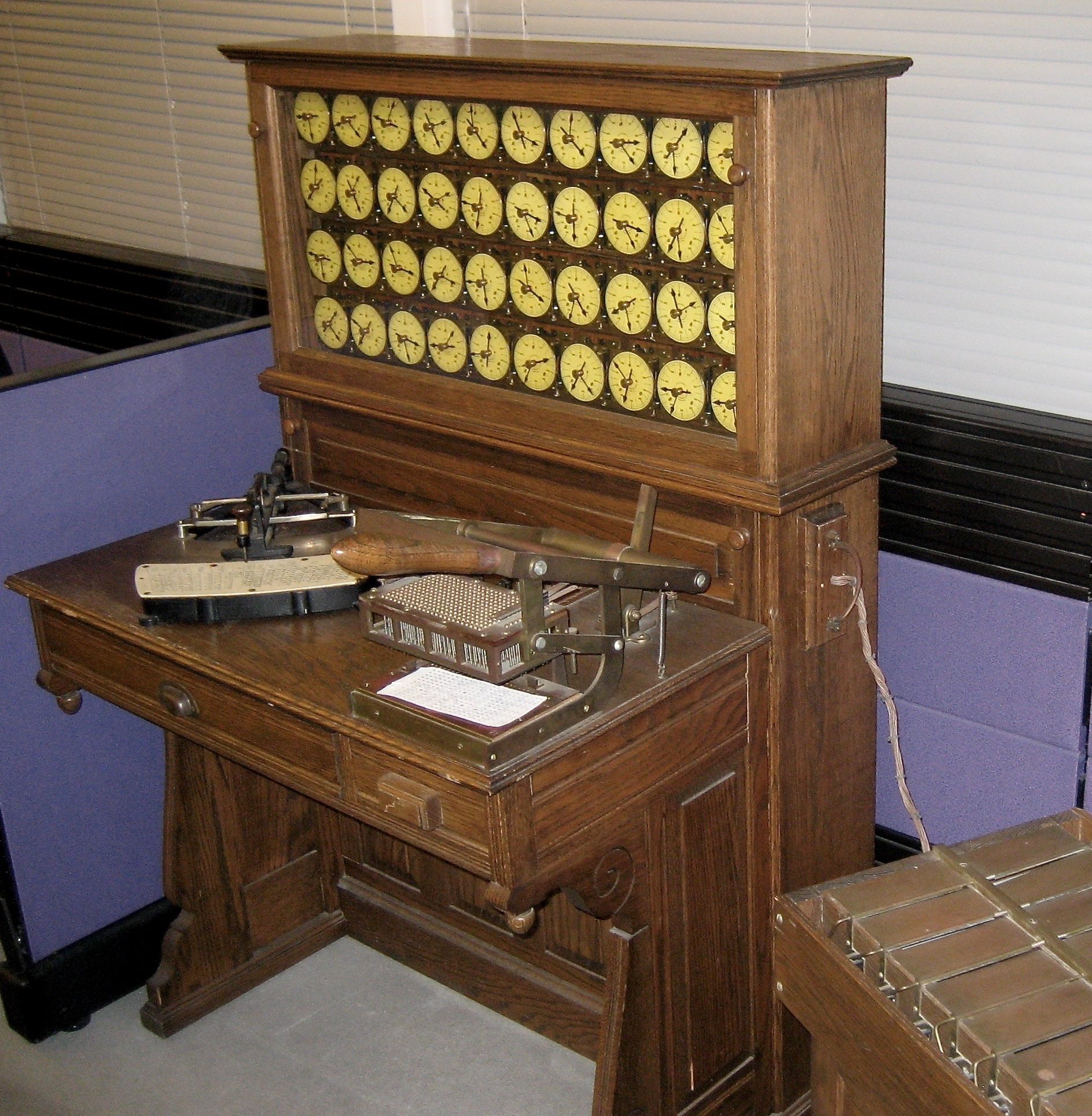
Due to the increasing population of the US and the growing complexity of the data collected in the census, it took eight years to process the 1880 census. The census bureau hired Hollerith to develop a tabulating machine for the 1890 census, and he cut two years off the processing time. In 1896 Hollerith founded the Tabulating Machine Company. The US government renewed Hollerith’s contract for the 1900 census and major census bureaus throughout the world began leasing Hollerith machines and buying cards. Soon insurance companies and banks were also doing business with the company which merged with three others to form the Computing-Tabulating-Recording Company (CTR) in 1911.
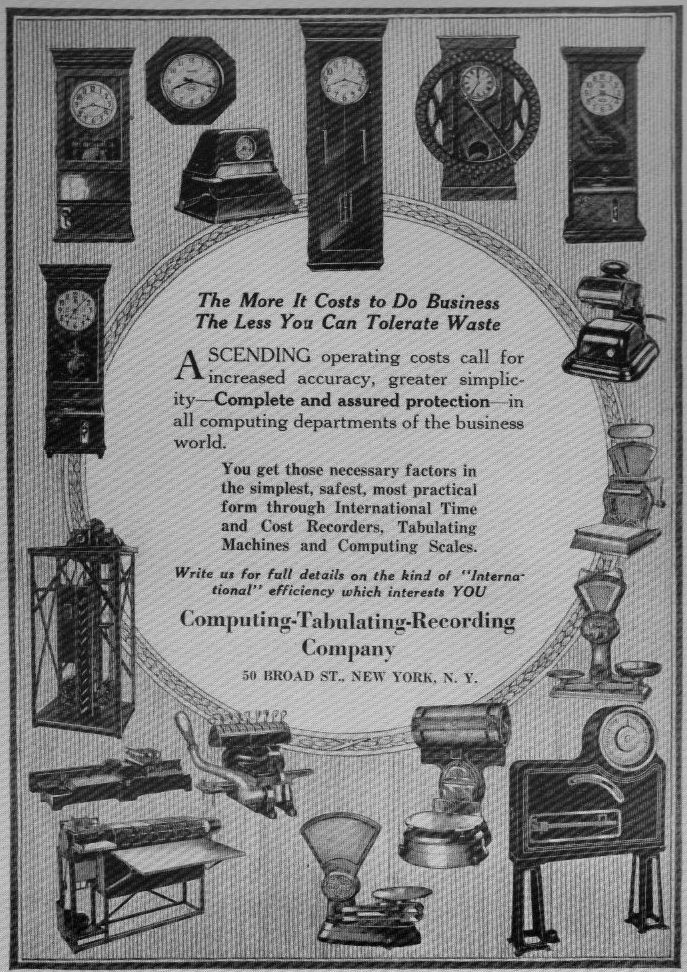
CTR was formed during the golden age of trusts, from Hollerith’s company, the International Time Recording Company, the Computing Scale Company of America, and the Bundy Manufacturing Company, which also made employee timeclocks. The resulting company’s products included timeclocks, weighing scales, meat slicers, and punched card equipment. In 1924 the company was renamed International Business Machines by IBM’s first president, Thomas J. Watson Sr.
Watson (1874-1956) joined CTR in 1914 from National Cash Register Company (NCR), where he had been convicted in 1912 under the Sherman Antitrust Act of anticompetitive sales practices. Less than a year after his hire, Watson became president of CTR and within four years he had doubled the company’s revenues. Watson built his company into such a dominant force that in 1952 IBM controlled 90% of the tabulating machines in the US (IBM owned the machines and leased them to its customers), forcing the government to launch another antitrust prosecution. When Watson dies in 1956, IBMs annual revenues were slightly less than $900 million.
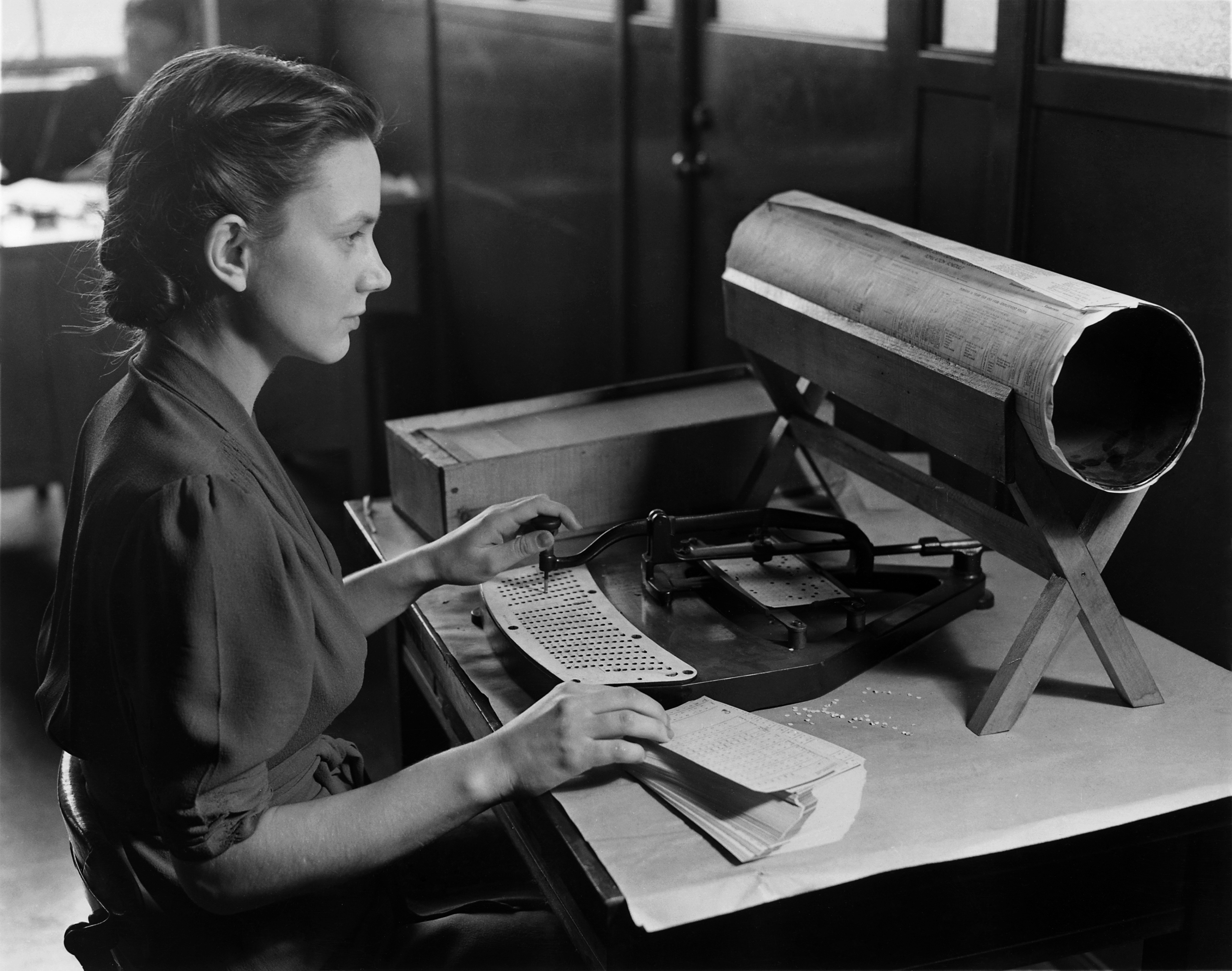
In the 1930s IBM helped the US Government tabulate the employment records of 26 million workers under the Social Security Administration. Also in the 1930s Watson’s international successes brought the company to the attention of the German Nazi Party, which was looking for a way of keeping track of people and classifying them according to ethnic background. Although the theme of Watson’s 1937 presidency of the International Chamber of Commerce was “World Peace Through World Trade,” the IBM CEO’s pursuit of profit caused him to look the other way for a while. In the long run, Germany’s use of IBM machinery to persecute Jews became too blatant and Watson returned an Order of the German Eagle medal he had been awarded at the 1937 ICC meeting in Berlin.
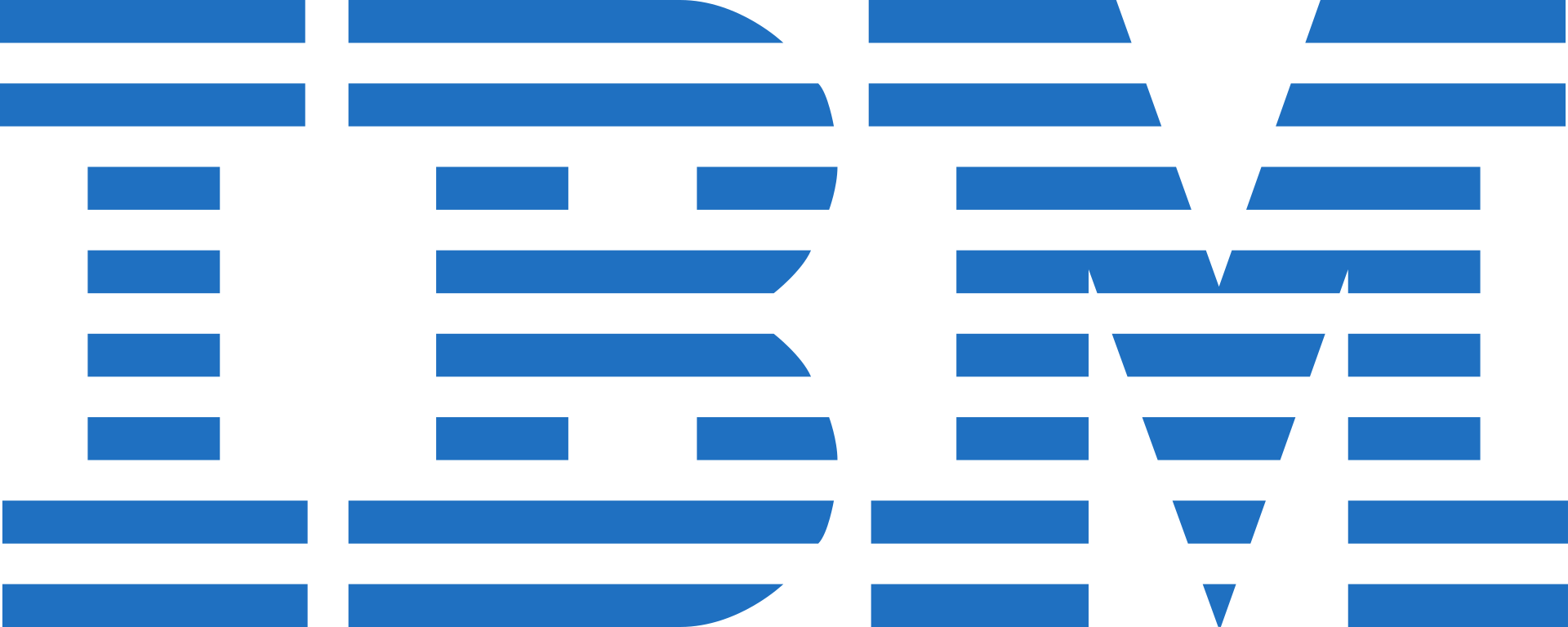
IBM held the record for most patents awarded to a company for 26 years. Some developments pioneered by IBM scientists were the automatic teller machine (ATM), the UPC barcode, hard disks and floppy disks, magnetic stripe cards, dynamic random access memory (DRAM), relational databases, FORTRAN and SQL. IBM is one of thirty corporations that make up the Dow Jones Industrial Average.
The IBM 701 was the company’s first commercial scientific computer. It was based on an Institute of Advanced Studies prototype built between 1945 and 1951 according to von Neumann architecture. The 701, nicknamed the Defense Calculator, was announced in April 1952. The 701 competed with UNIVAC 1103, built in 1953 by Remington Rand for the military intelligence agency that became the NSA (and the first computer on which Seymour Cray worked as a designer). The 1103 and 701 machines both used cathode ray tubes called Williams Tubes for memory. Each Williams Tube had a capacity of 1024 bits; the 1103 contained thirty-six and the 701 had seventy-two (note the words or bytes were 8 bits long at this point; the parity bit was added later). The 701 rental fee ranged from $12,000 to $20,000 per month, depending on the amount of time it was operated.
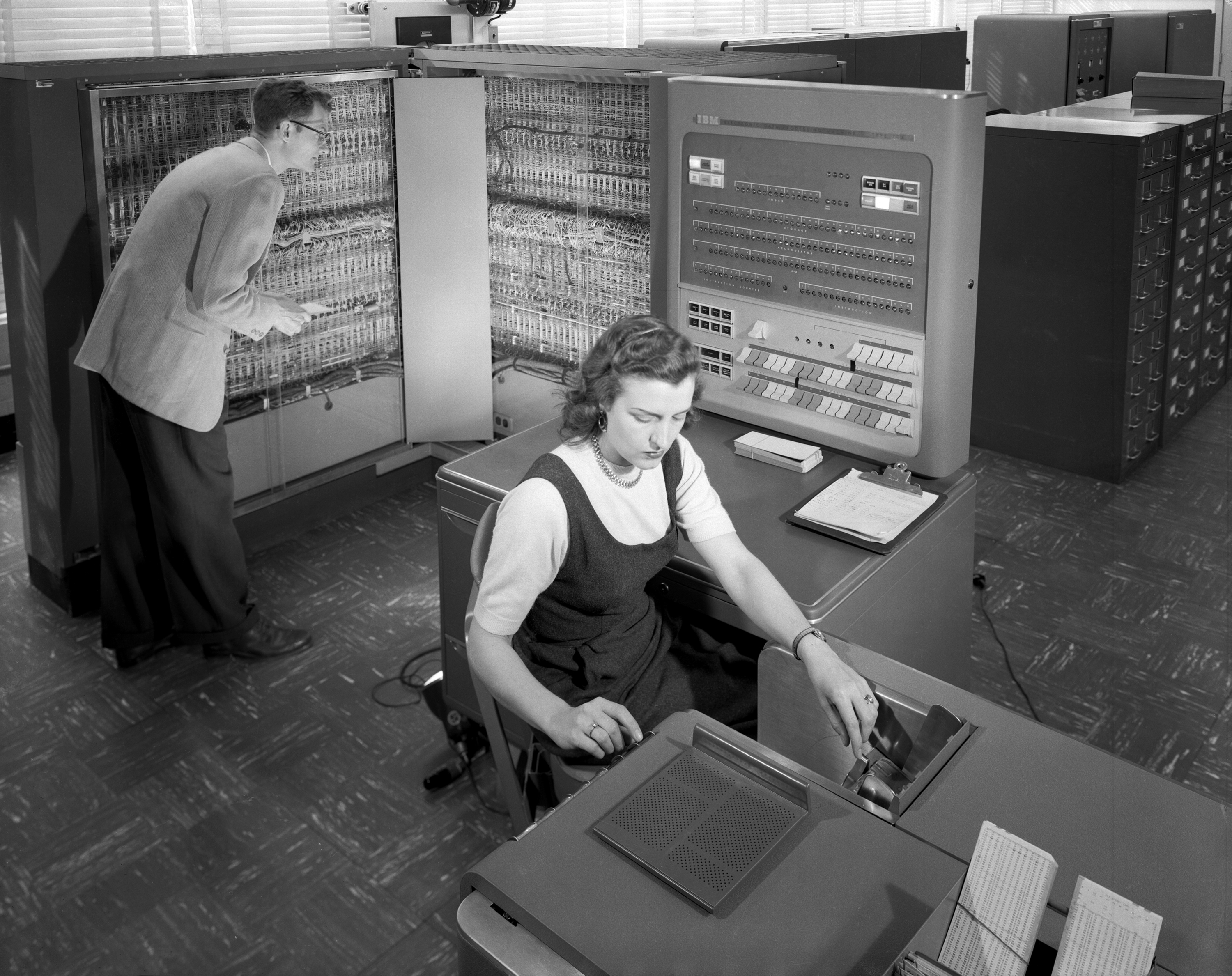
The IBM 704 was introduced four years later and was a completely different environment, and not backward compatible. It was the first machine able to do floating point operations (a measure of performance more related to real-world problems that use decimals rather than only integers, believed more accurate than simple instructions per second) and was considered the only computer for complex math. Like the 701, the new machine used vacuum tube logic circuits, but IBM replaced the Williams Tubes with magnetic core memory, which became the state of the art RAM from 1955 to about 1975. The 704 did 12,000 floating-point operations per second and IBM sold 123 systems between 1955 and 1960. FORTRAN (formula translator), LISP (Locator/Identifier Separation Protocol), and an early music program called MUSIC written by Max Mathews were all developed for the 704. The basic system could include a punched card reader and recorder, am alphabetic printer, tape reading units and a tape control unit, a magnetic drum reader and a core storage unit with a capacity of 4,096 36-bit words (about 18 KB). The machine in this configuration weighed just under ten tons and cost about $2 million.
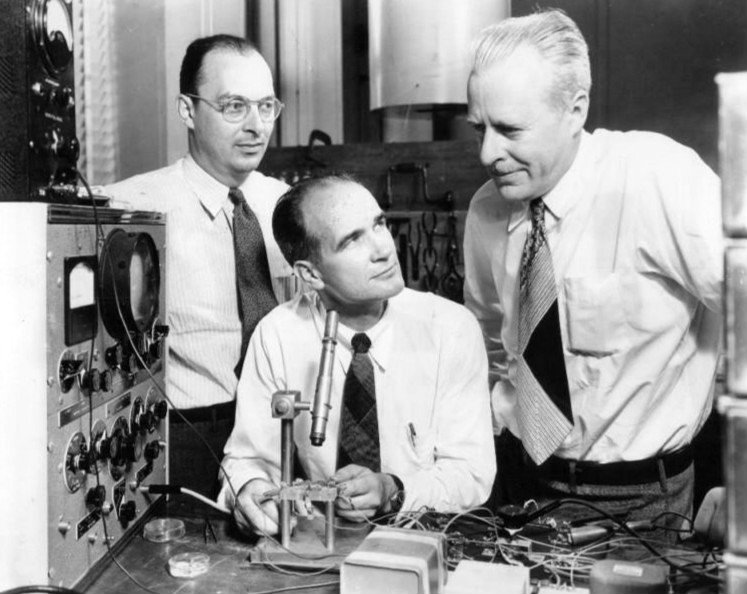
The IBM 700 series was the company’s first generation of mainframe computers, and their success helped make IBM the leader in this new field (other competitors included Sperry-Rand, Burroughs, Minneapolis-Honeywell, RCA, and Sylvania Electric Products). Second-generation 700s using transistors instead of vacuum tubes were called 7000s. Early mainframes were shipped without software and programs were loaded directly. Operating systems were first built by impatient IBM customers who did not want to wait while operators set up the machine for each program to be run. The first complete system may have been produced by General Motors in 1956.
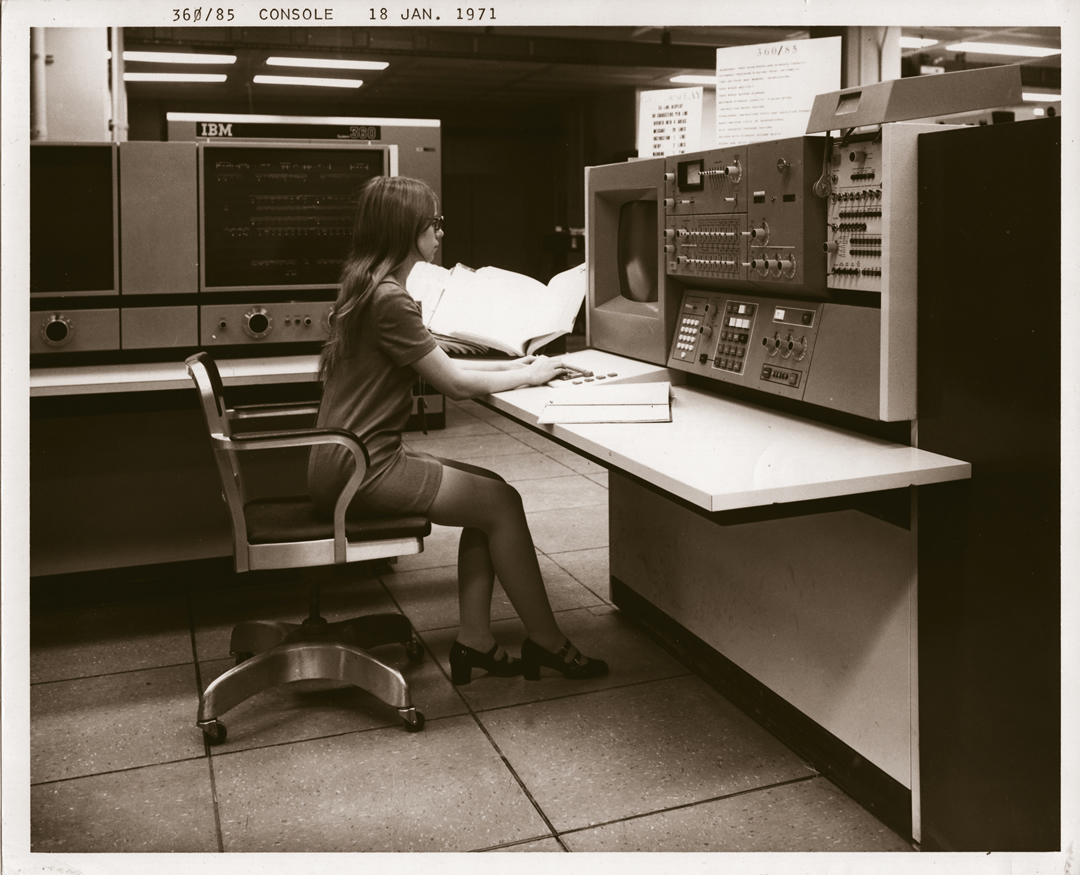
The next big leap in IBM mainframe technology was the System 360 (S360), announced in 1964 and delivered from 1965 and 1978. S360s were designed to handle both commercial and scientific computing applications, and the earliest models could handle 34,500 instructions per second with memory from 8 to 64 KB. Later units could do 16.6 million instructions per second (MIPS). Most units had between 256 KB and 1024 KB of RAM, although up to 8 MB of slower (8 microsecond) Large Capacity Storage was also available. By the 1960s, IBM customers had so much money tied up in computers that backward compatibility became an important feature. New models retained the ability to run programs designed for earlier machines through a combination of special hardware, microcode, and emulation software. S360s had a dedicated operating system that was available in a tape (TOS) or disk (DOS) format.
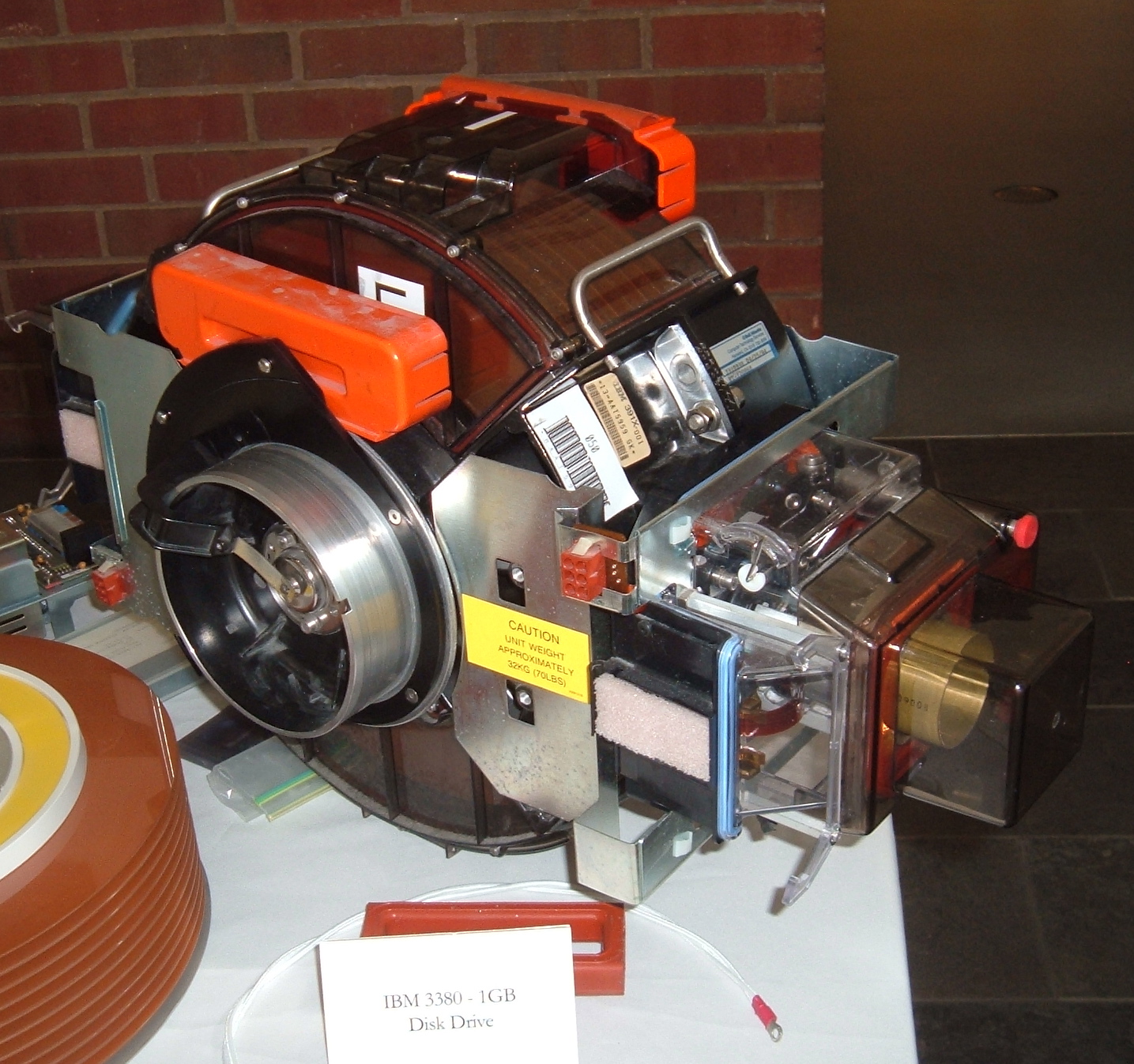
The IBM S370 was introduced in 1970 as the successor to the S360. It maintained backward compatibility with the S360 and was IBM’s flagship mainframe until 1990. Where the S360 had used a circuitry package called Solid Logic Technology (SLT), the S370 used a new process called Monolithic System Technology with eight times the circuit density and ten times the reliability. Also, where the S360 had run a combination of tape and Direct Access Storage Device (DASD) console disk units, the S370 used the newly-developed “Winchester” hard disk drives for DASD. The IBM 3380, introduced in June 1980, had a capacity of 2.52 GB with an access time of 16 ms and a transfer rate of 3 MB per second. The 3380 sold for $140,000. A 3390 DASD array was introduced in 1989 with a maximum capacity of 22 GB and a top price of $795,000.
IBM introduced a new series of mainframes called the S390 in 1990 and launched their 64-bit Z-series in 2000. Both had greatly enhanced capabilities, but by the 1990s there were a host of competitors to mainframes. Minicomputers, microcomputers (PCs), and supercomputers had all taken large chunks of the computing market away from IBM. In 1993 IBM posted a $8 billion annual corporate loss, the largest in American history. This was not the end of IBM, which is currently a $79 billion company employing over 350,000 employees worldwide and is still a component of the DJIA. But the story becomes much more complex.
Minicomputers were designed to be less expensive than mainframes, to extend computing into markets that mainframes could not address. Single-chip CPUs, beginning with the Intel 4004 in 1971, transistors, and core memory made it possible to build computers to address applications like control, human interaction, and communication switching. New companies were established like Data General, Digital Equipment Corporation (DEC), Prime, Computervision, and Wang Labs, and Apollo Computers; and some older companies like Honeywell and Hewlett Packard tried their hand at smaller systems.
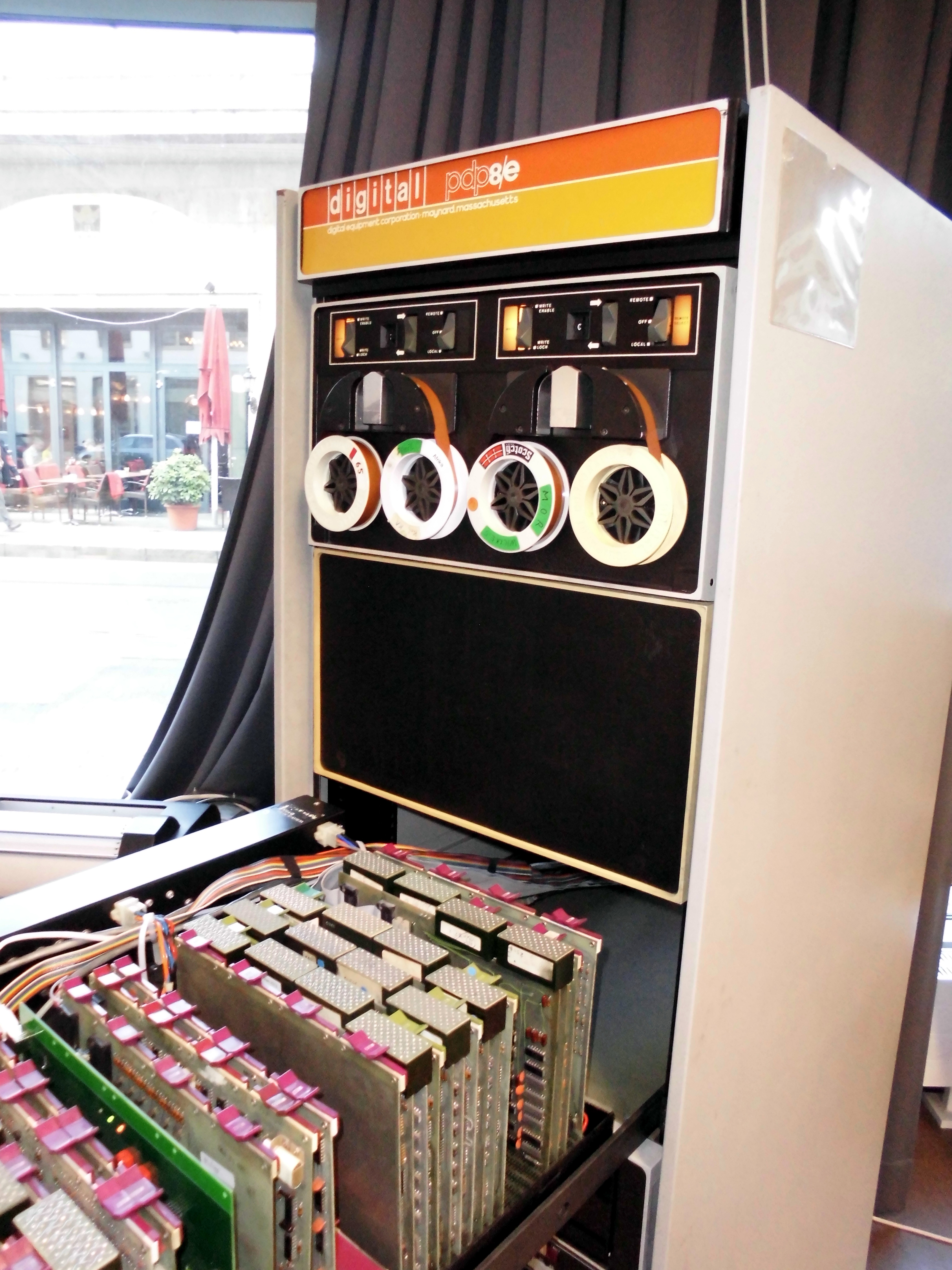
Digital built its first commercial minicomputer, the PDP-5, in 1963 (PDP stands for Programmed Data Processor, and models 1 through 4 were developed between 1959 and 1962, with only dozens sold). With a $27,000 price tag, the PDP-5 became the first computer series with more than a thousand units sold. Its 19-inch rack cabinet contained 150 printed circuit boards and weighed only 540 pounds. In 1965, DEC announced the PDP-8, the first computer designed to sell for less than $20,000. The first units were priced at $18,500, and DEC shipped over 50,000.
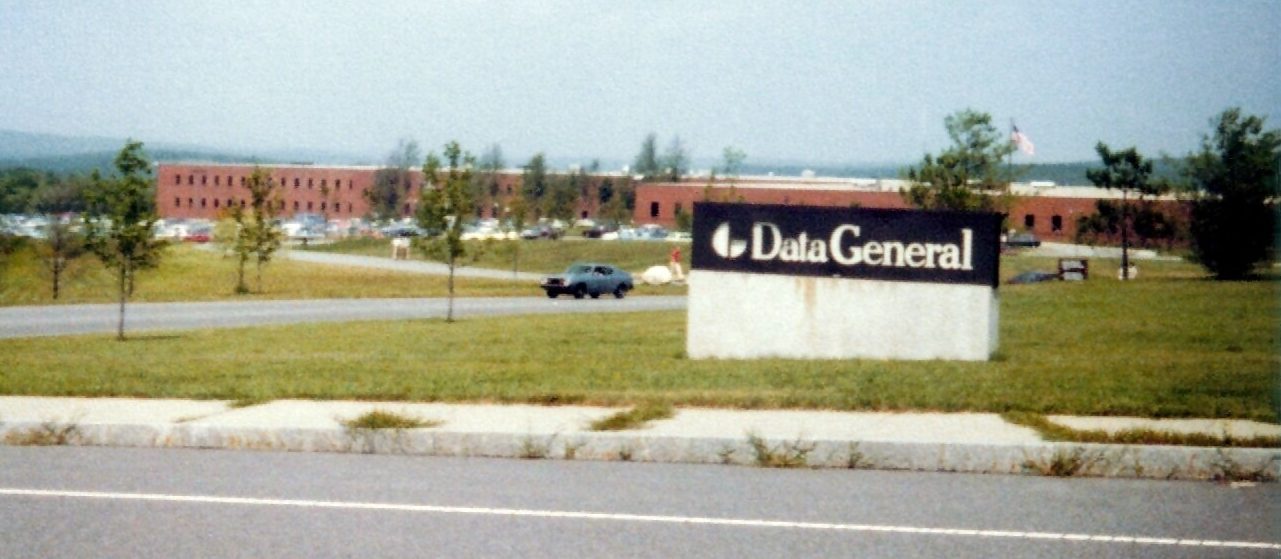
The lead designer on the PDP-5 and PDP-8 projects was a young engineer named Edson DeCastro. In 1968 he and several other DEC engineers formed a rival minicomputer company, Data General, and released their first product, the Nova. Designed to compete directly with DeCastro’s PDP-8 and the PDP-11, released in 1970, a fully-configured Nova cost only about $8,000. DG sold over 50,000 units before the Nova was eclipsed by the DG Eclipse in 1974.
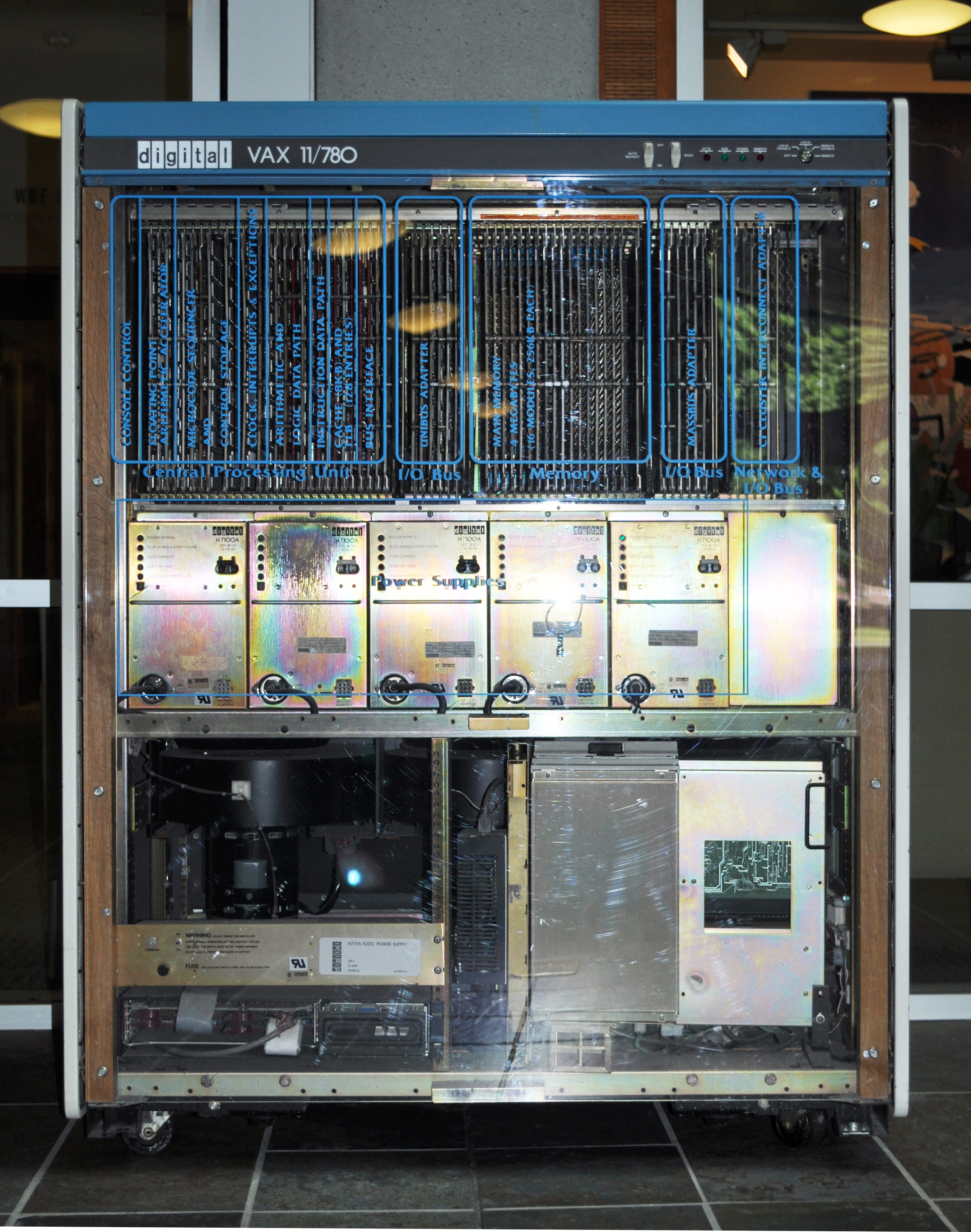
While DG nibbled at the heels of DEC and accelerated the expansion of the market into lower price tiers, Digital responded in 1977 with a superminicomputer line called VAX. Named after the Virtual Address Extension application of virtual memory, the 32-bit VAX was as fast as an IBM S360 and claimed to achieve performance of 1 MIPS. For a while, VAX MIPS became the benchmark of CPU speed. VAX’s 32-bit address space could support 4 GB, which was ideal for DEC’s strategy of distributed computing. DEC continued to improve the VAX into the 1980s and to implement new microprocessor innovations like VLSI (Very Large System Integration) single-chip technologies using TTL (Transistor-Transistor Logic), ECL (Emitter-Coupled Logic), and Custom CMOS (Complementary Metal-Oxide Semiconductor) designs. But by the mid-1980s, microprocessors had spawned yet another industry, microcomputers (PCs), that ultimately cannibalized the minicomputer market. We’ll cover micros in much more detail in a later chapter.
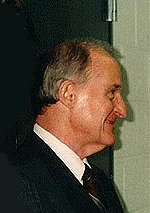
Digital’s early PDP-series minicomputers had been based in part on Control Data’s CDC 160 series minicomputers, designed in 1960 by Seymour Cray. Control Data was a Minnesota-based spinoff from Sperry-Rand, the makers of the UNIVAC. Established in 1957 in Minneapolis, across the river from the St. Paul Sperry lab they had left, the company chose William Norris as its CEO and Seymour Cray as its design chief. Although CDC’s first products were minicomputers, the company quickly followed Cray’s lead and pursued supercomputing.
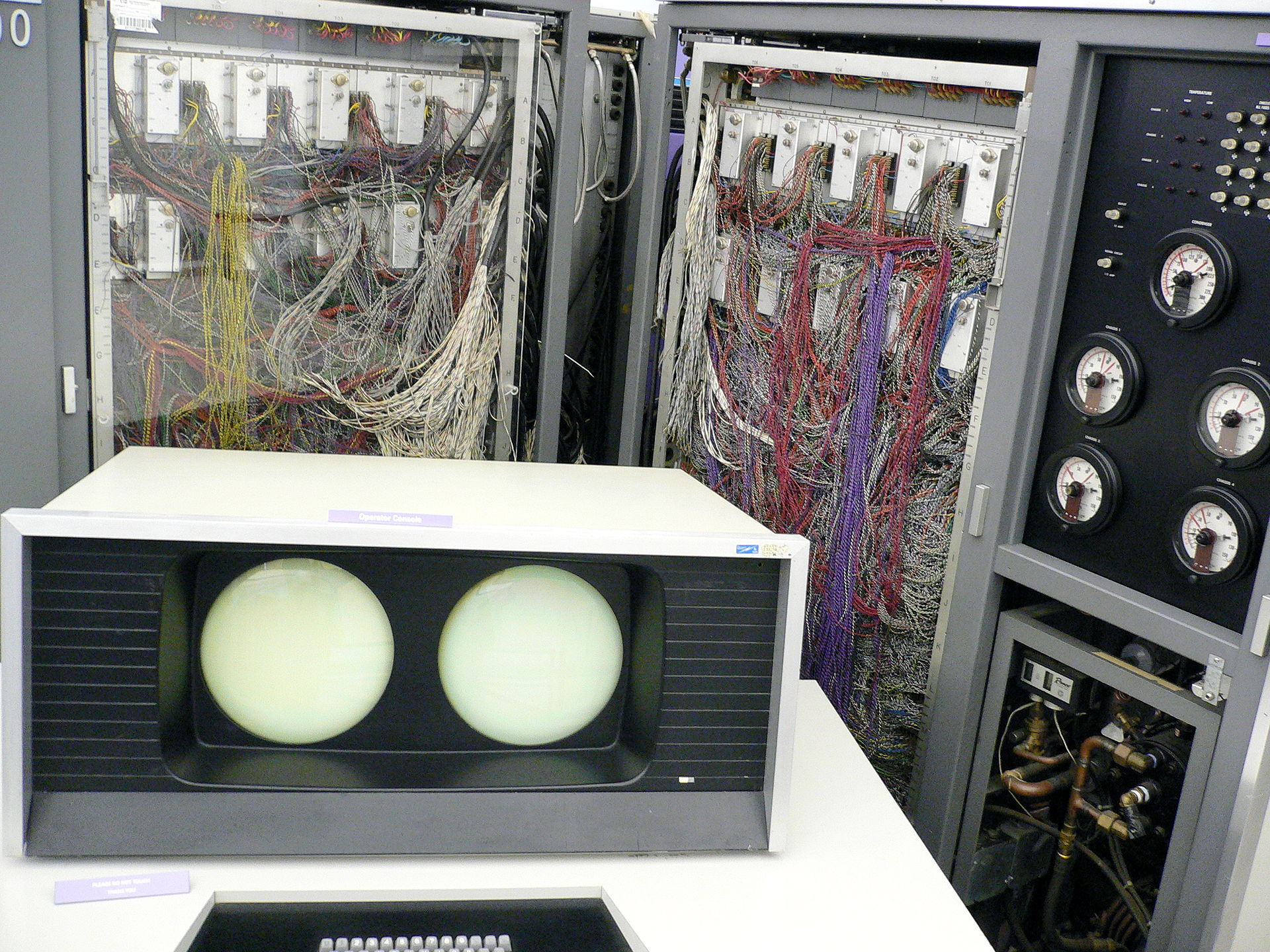
In 1962, Cray demanded the company build a remote research lab for him in his hometown, Chippewa Falls Wisconsin. Cray told a Business Week interviewer in 1963, “Computers should obey a square law – when the price doubles, you should get at least four times as much speed.” With a team of thirty-four engineers, Cray took advantage of new silicon-based semiconductors to replace the slower germanium-based transistors in previous computers. The result was the CDC 6600, which outperformed anything on the market by 10 times. Using a custom-designed compiler, Cray was able to run the 6600 at a rate of 1 Mega-FLOPS (Million Floating-point Operations Per Second). The 6600 cost $8 to $10 million, but CDC sold 100 right away.
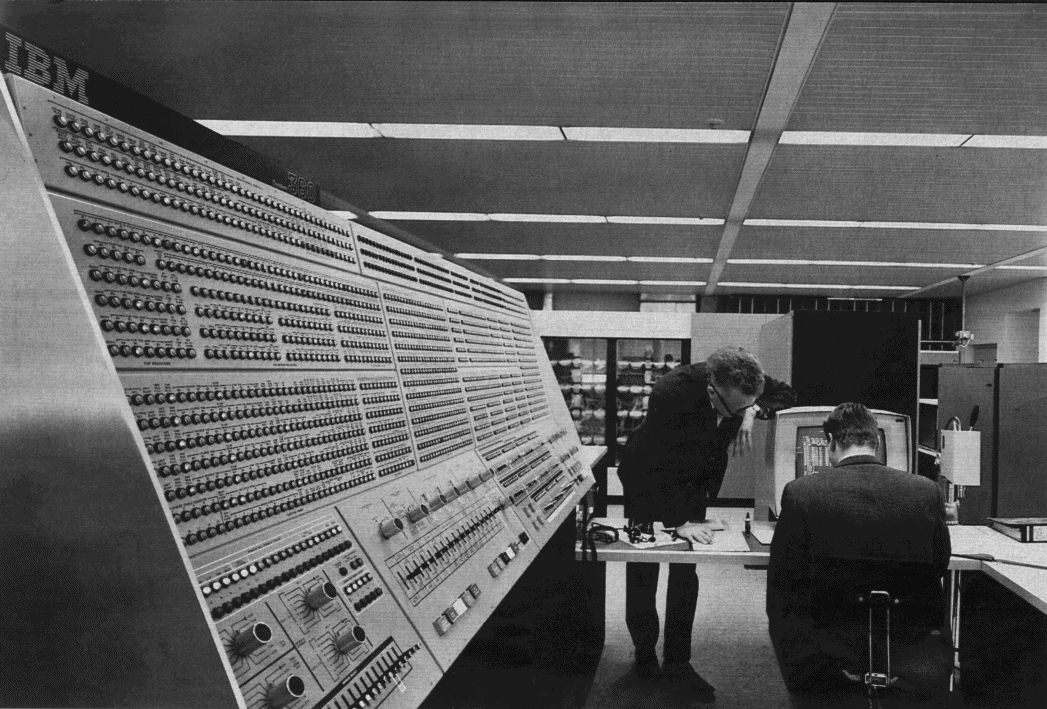
IBM responded with the announcement of a new S360 Model 92. There was no telling when the IBM machine would ship (it never actually did), but many customers decided to wait. Norris dubbed IBM’s technique FUD (Fear, Uncertainty, and Doubt), and sued IBM in antitrust court. He eventually won an $80 million settlement and control of an IBM service subsidiary that complemented CDC’s service bureau portfolio.
![]()
Cray upgraded the 10MHz 6600 into a 7600 and 8600 running at even higher clock speeds with up to four CPUs. He then designed a new system based on array processors which unlike standard scalar processors that handled one instruction at a time, could handle one-dimensional vectors. This design was implemented in a machine called the STAR-100, but the system’s development budget was tight because CDC still had its investment in the 8600 to recover and was unwilling to make such a drastic change. Seymour left CDC and began Cray Research in 1972. The split was amicable and CDC CEO Bill Norris invested $250,000 in the startup. Like CDC, headquarters were in the Twin Cities and design (and this time production) was in Chippewa Falls.
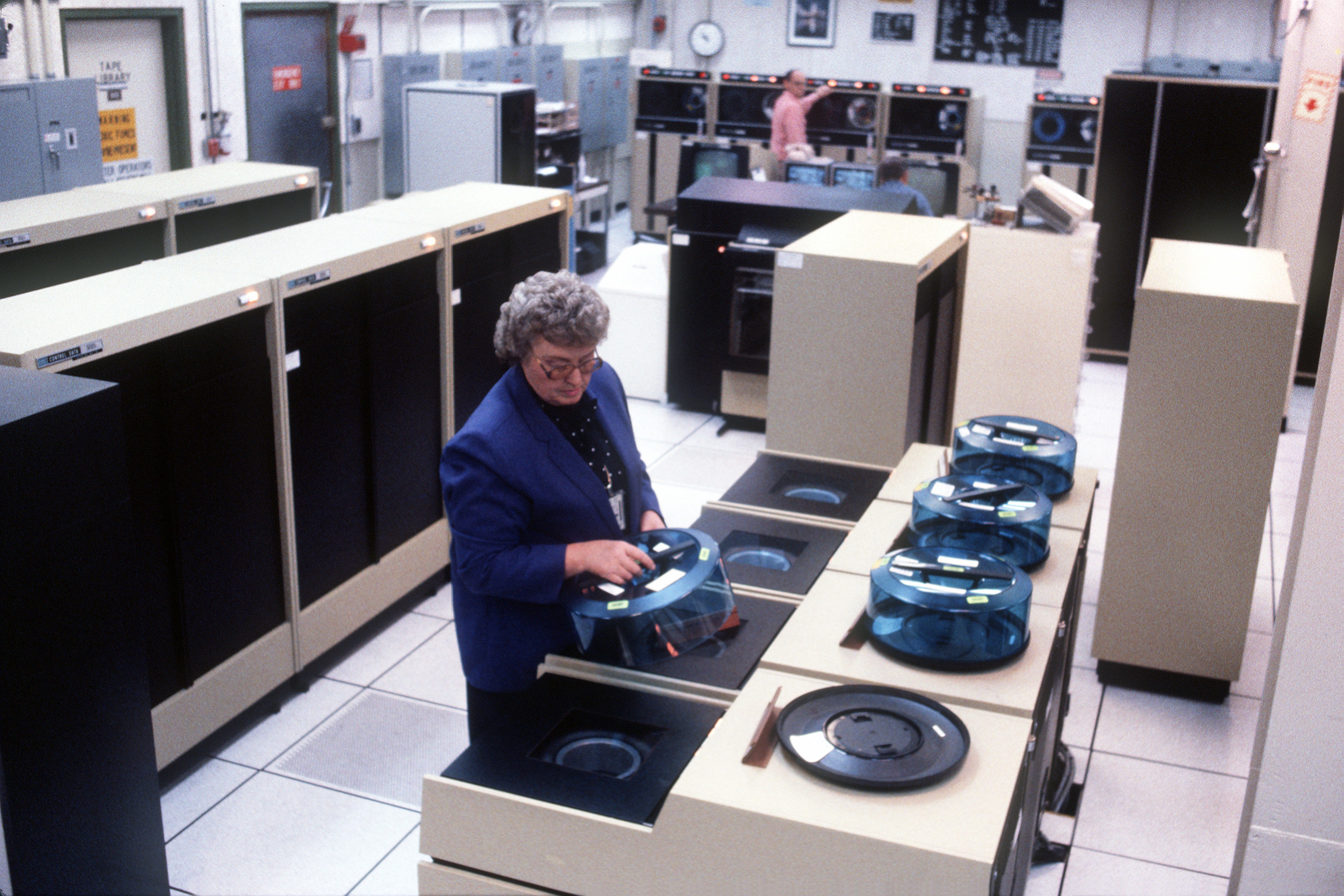
CDC’s supercomputer line in the 1970s and 1980s was called the Cyber. CDC also entered a joint venture with Honeywell in 1975 called Magnetic Peripherals (later Imprimis Technology), which manufactured high-capacity hard drives. CDC Wren drives were 5.25 inch “full-height” devices that ran at 5400 rpm and were available in capacities ranging from 100 MB to 1 GB. Prices ranged as high as $5,000 for a top-of the line ESDI (Enhanced Small-Device Interface) or SCSI (Small Computer System Interface) disk. In 1989, Imprimis was acquired by Seagate Technology, which had designed the first 5.25 inch hard disk but had lagged behind CDC in high-capacity drives.
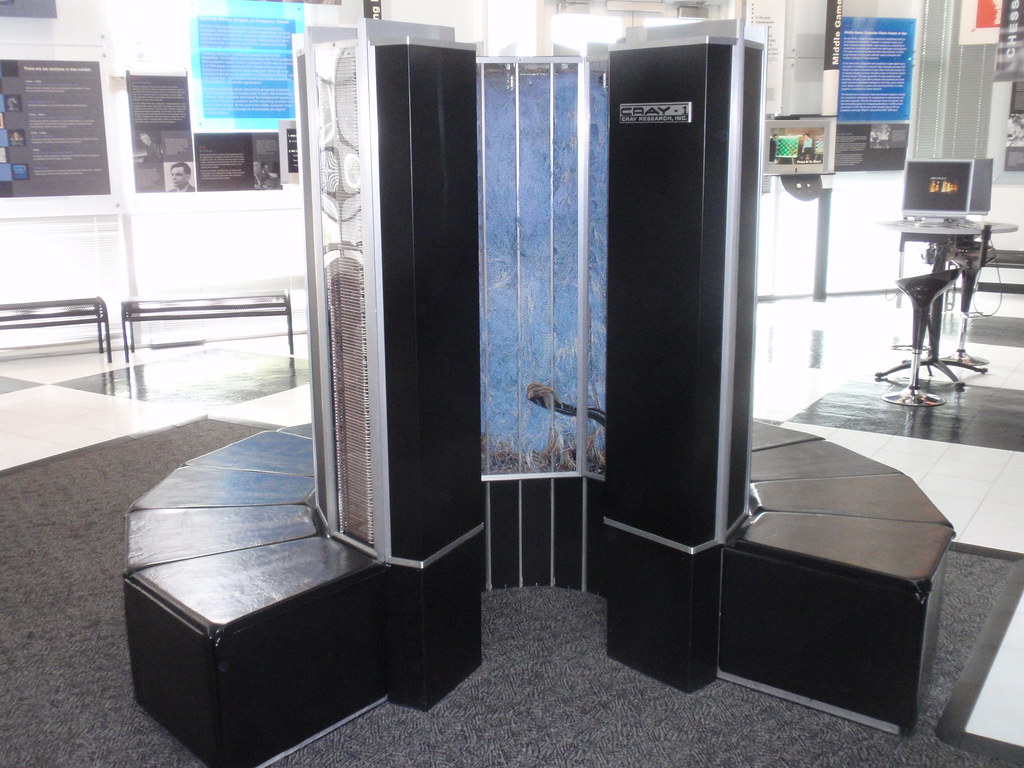
The first unit of Cray’s new supercomputer, the Cray-1, was shipped to Los Alamos National Laboratory in 1976. Although the price was $5 to $8 million depending on the configuration, the Cray-1 was the first supercomputer to successfully implement vector processing, and over 100 units were sold. The Cray-1 was the first supercomputer to use integrated circuits (ICs) and static ram (SRAM), mounted on 5-layer printed circuit boards (PCBs). With 144 ICs per board and over 1,600 modules, the Cray-1 required a freon-based, patented cooling system that cost nearly as much as the system. In 1982, Cray’s first multi-processor supercomputer, the X-MP was released, followed by the four-processor, 1.9 GFLOP Cray-2 in 1985. The 8-processor Y-MP, released in 1988, boasted peak performance rates of 2.667 GFLOPS.
Although it was the biggest name in the market, Cray didn’t have the supercomputer industry entirely to itself. NEC (formerly Nippon Electric Company) actually held the record for building the first supercomputer in 1985 to exceed 1 GFLOP, the SX-2 which shipped just before the Cray-2. The vector-based SX series ran AT&T’s System V UNIX and NEC’s SX-5 and SX-6 models were marketed by Cray in the US.
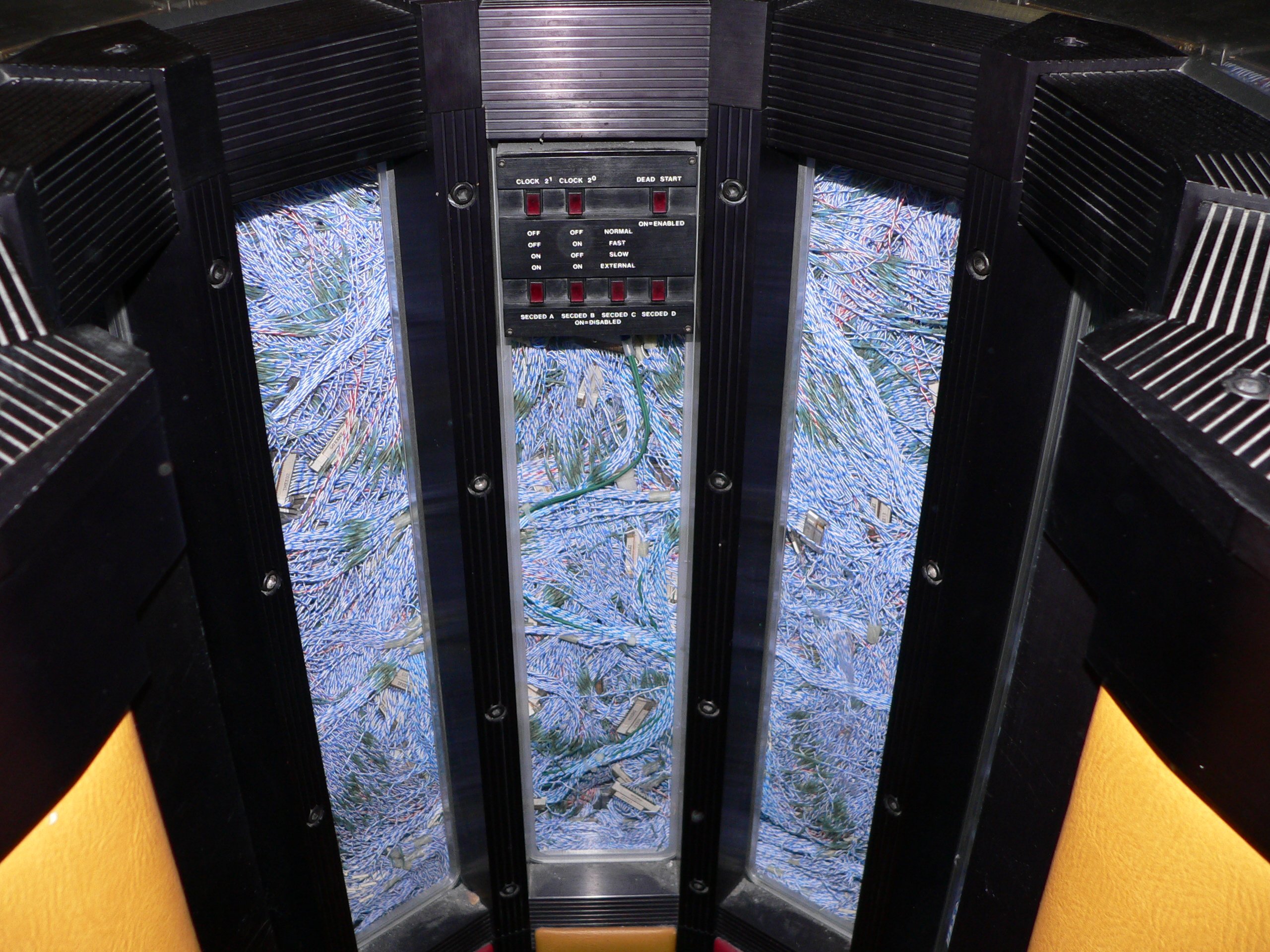
As the speed and reliability of microprocessors continued to increase (this will be the subject of a later chapter), Cray realized that massively-parallel processing was the key to future performance gains. Cray’s 1993 T3D (Torus, 3-Dimensional) was assembled from between 32 and 2,048 Processing Elements (PEs) built around a DEC Alpha microprocessor and a cache of DRAM memory. The PEs were arranged in pairs called nodes, using a high-bandwidth switch interconnect. As it became possible to boost CPU performance by adding processors, the throughput of the interconnections became the gating factor. A 1,480-CPU model of the Cray T3E, introduced in 1995, was the first supercomputer to run at 1 teraflops. By the time Cray achieved this milestone, the company had been acquired by Silicon Graphics Inc. (SGI). SGI was a Mountainview California, UNIX-based workstation and server company that intended to utilize Cray’s technology, especially HIPPI (High Performance Parallel Interface) in its next-generation, distributed-shared-memory Origin 3000 server. SGI bought Cray in 1996 and sold it to Tera Computer Company in 2000. Tera renamed itself Cray Inc. and sold to Hewlett Packard Enterprise in 2019. SGI went bankrupt in the 2000s and sold to Rackable Systems in 2009. In 2016, HPE had acquired the remains of SGI prior to purchasing Cray.
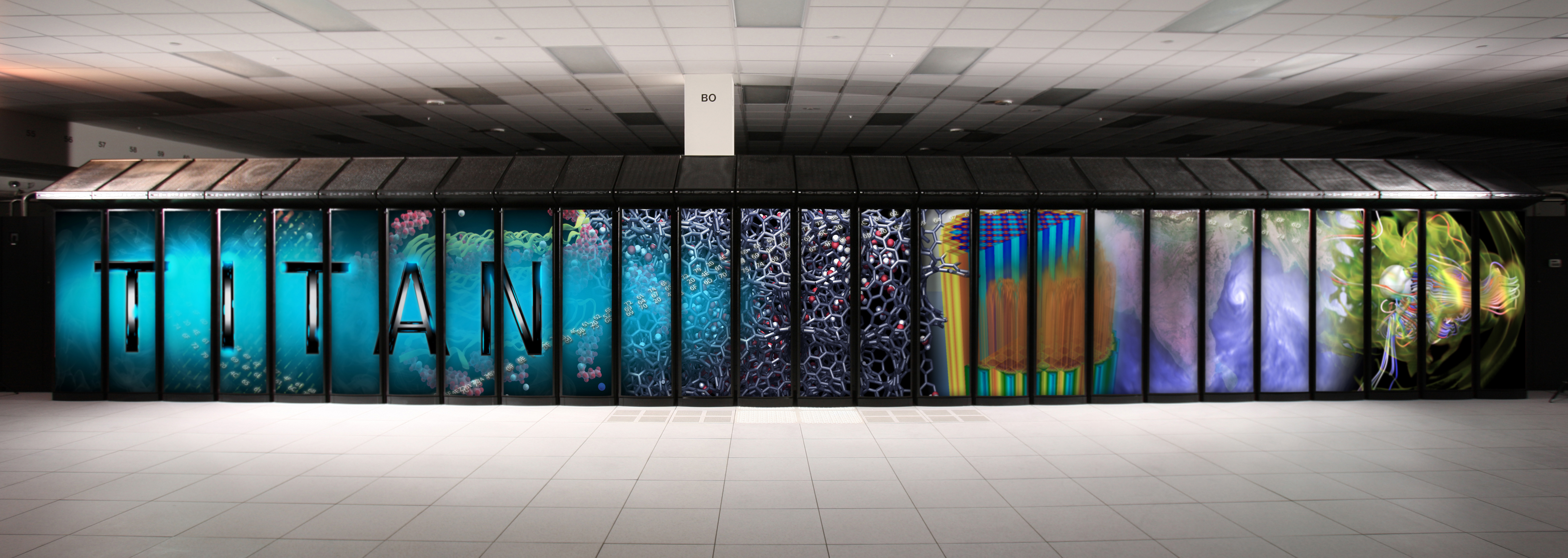
There are currently four Cray supercomputers on the top ten list of the world’s fastest, in the #3, #5, #7, and #8 slots. Three use massively-parallel implementations of Intel Xeon processors and the fourth uses AMD processors. The top two supercomputers in the world, beating Cray’s best effort, are Chinese.

Fifteen years ago, China had no computers on the top 500 list. Today it owns the top two spots. The #2 machine, which was the world’s fastest supercomputer from 2013 to 2016, uses Intel Xeon CPUs. But in 2015, citing national security concerns, the US government banned the sale of these processors to China. China responded by using its own Sunway CPUs based on a new architecture and instruction set completed in 2016. The Sunway processors reportedly have 260 cores and the “Taihulight” supercomputer runs at up to 125.44 petaflops, a lead the US and Japan are unlikely to be able to catch up with anytime soon.
In the next chapter we’ll look more closely at the microprocessors driving these changes, and at the personal computer and device industries that they enabled.

